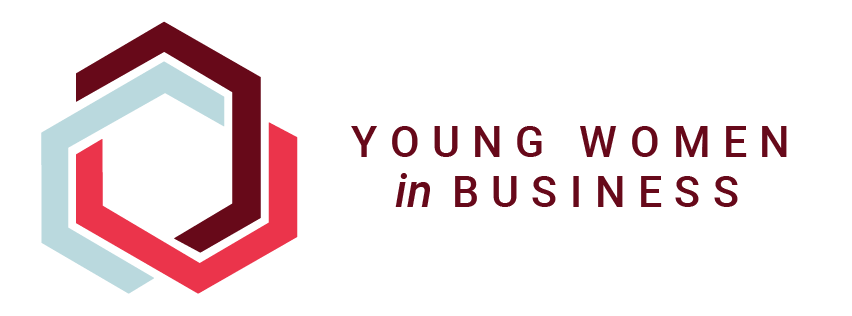How to get from the Classroom to the Boardroom
/At some point in our careers we’ve all been on the hunt for a job and a new professional adventure. We all have different approaches in going about this search, but are there some methods that work better than others? Earlier this month at Microsoft’s Vancouver office, YWiB was lucky to have Carmen Tsang from Lighthouse Labs guide us through this often challenging task. Don’t worry, there’s hope for all of us if you follow her words of wisdom!
Phase 1: The Hunt
Throughout the job hunt process, you want to remain diligent and proactive. It’s easy to be discouraged while unemployed, so it’s good to set daily goals for yourself (e.g. send out five resumes each day). Even if you don’t completely qualify for a position, you can still apply. Carmen says this is okay as long as you meet 70% of the requirements. If you’re planning to apply for many positions, make organization your best friend by creating a spreadsheet with all the key application details (e.g. company, position title, date sent, etc.) to keep track in the event of a call back. While waiting for an interview, research the job titles you are interested in and reach out to industry professionals in similar positions that may have some insight to share. Finally, leverage your network to its full extent. You never know who might know someone looking to hire, or who’s connection could get you in the door.
Phase 2: The Interview
So you’ve landed the interview, now what? Carmen says NEVER “wing it”. Before your interview, go in knowing three key things; yourself, the company and the job description. This seems easy enough but focusing on each area will help you identify whether or not the company and the position align with what’s important to you and your professional progression. As long as all three areas align, you’ll remain consistent throughout the interview and will demonstrate how self aware you are.
When it comes to the questions you’re being asked, make sure to be honest, especially with the dreaded “weaknesses” question. Don’t pick a strength and disguise it (*sigh*, we’ve all done it) because interviewers see past this and are less likely to consider you as a suitable candidate. Share something real, and what you’ve done to address the issue in the past 6 months. When it’s your turn, make sure not to ask too many questions. This can be off-putting to interviewers and may give them the wrong impression of your capabilities.
Finally, if you have references, make sure you know what they plan to say. Again, this can help you remain consistent with what may be said regarding your areas for improvement.
Phase 3: Follow-up
Once your interview is over, don’t be shy to ask when you can expect a response back. Feel free to let them know that you’re actively looking or that you have other interviews (if it’s true) but that you want to give them full consideration. Of course, always send a “thank you” email once you’re fully done.
A big thanks to Carmen for sharing all of these wonderful tips, and to Microsoft for the amazing venue space. Are there any tips you would add?

